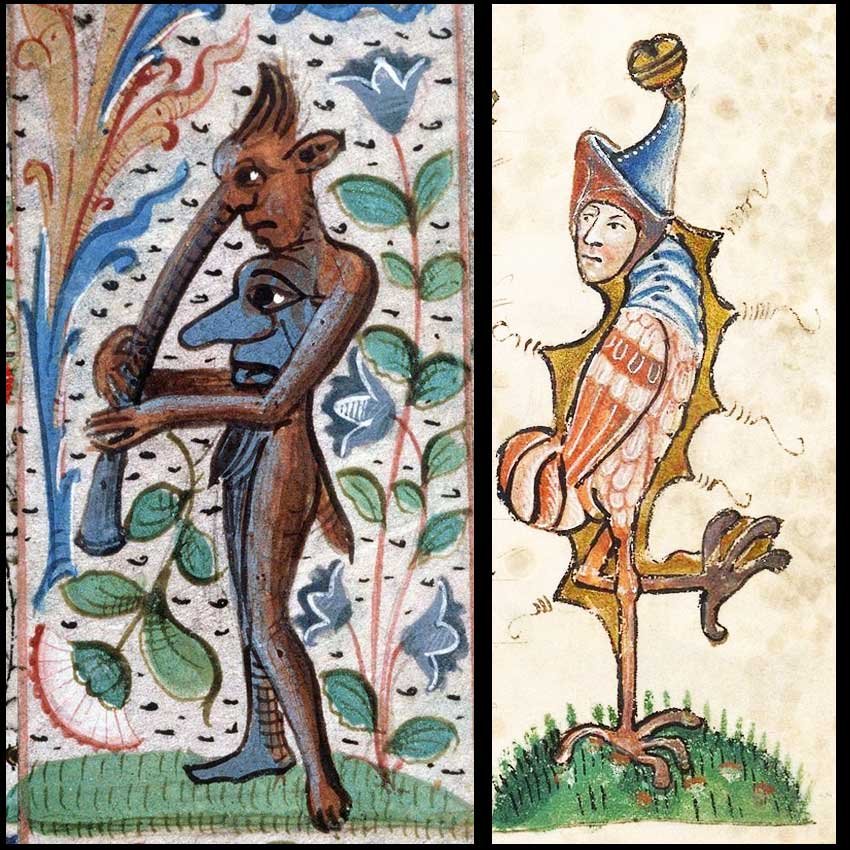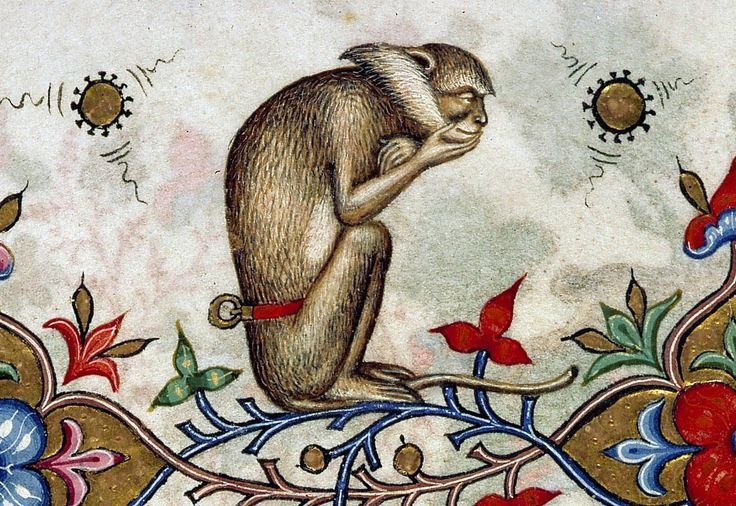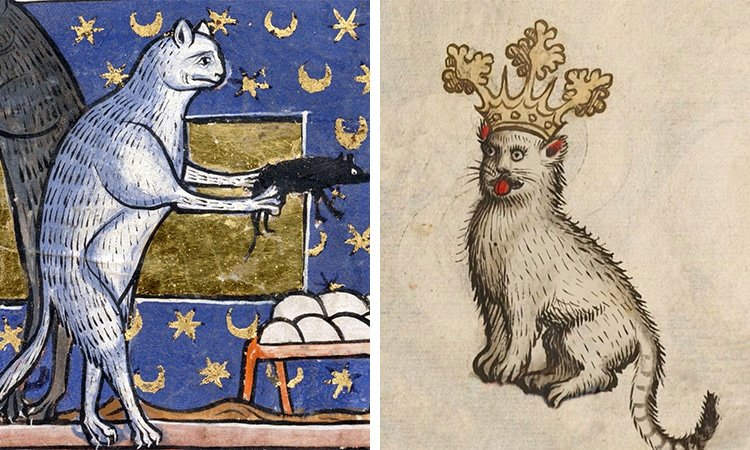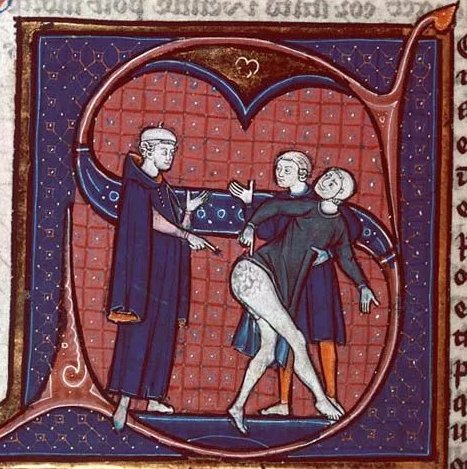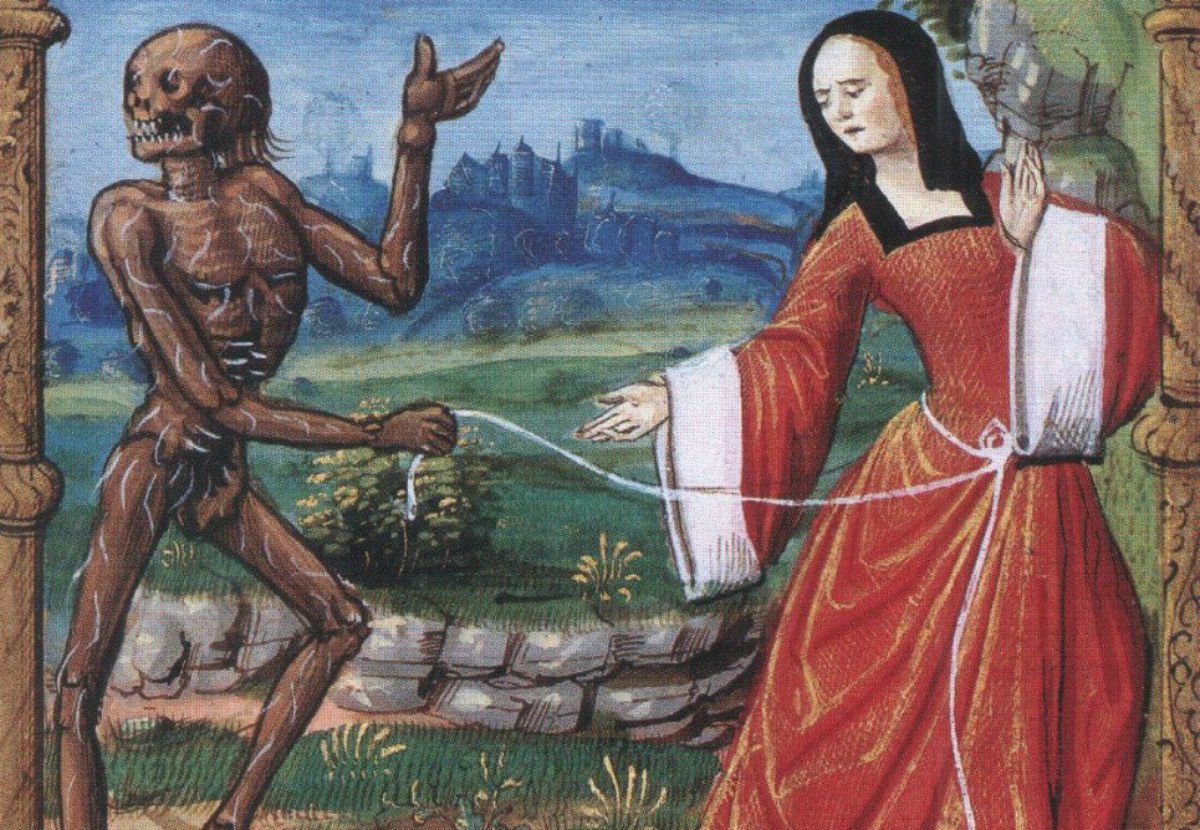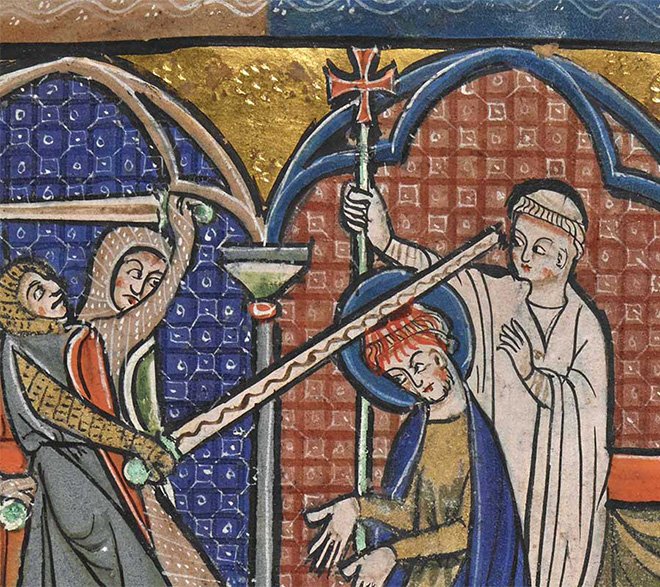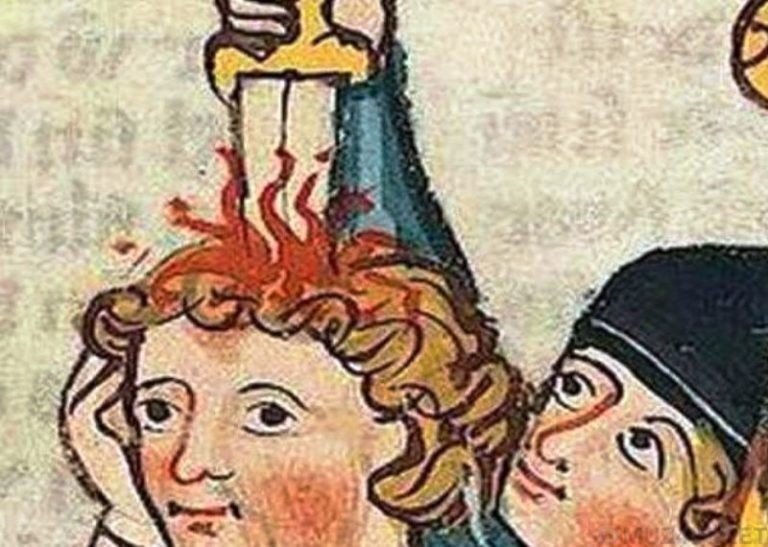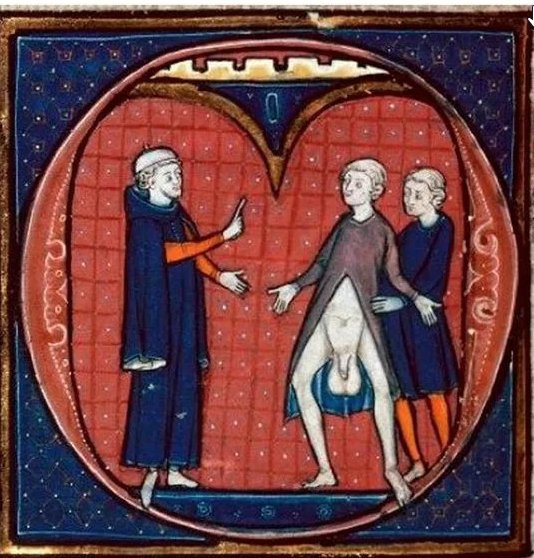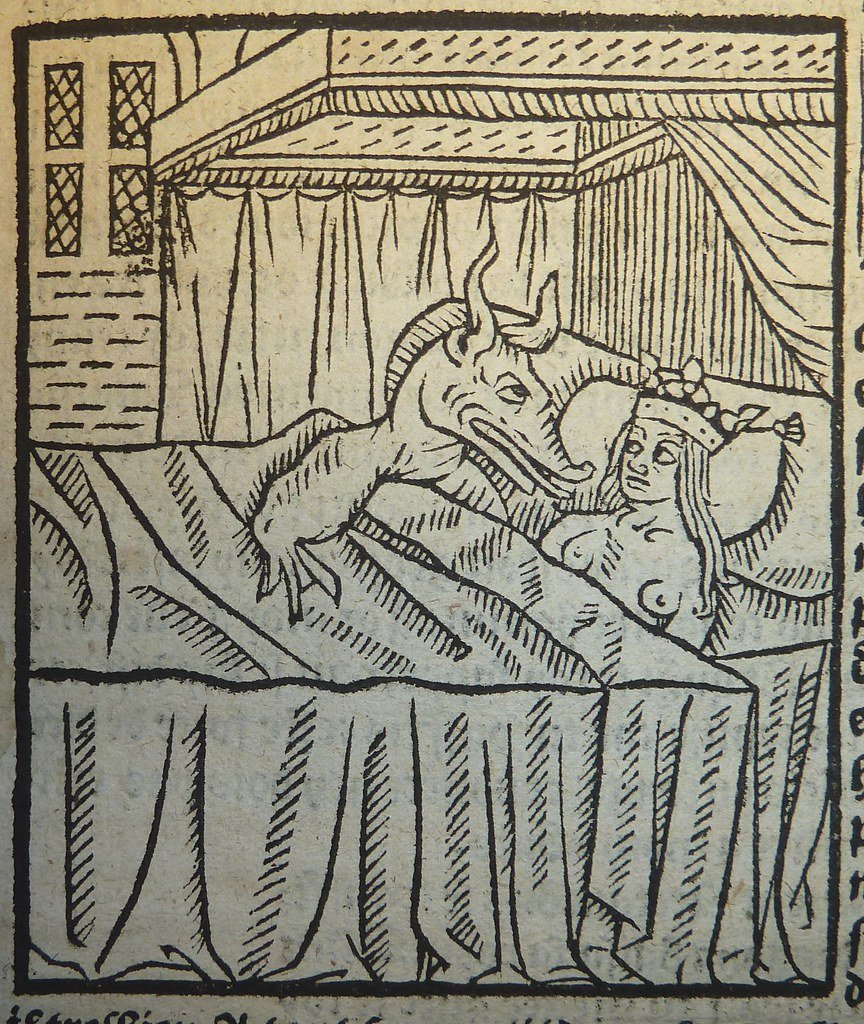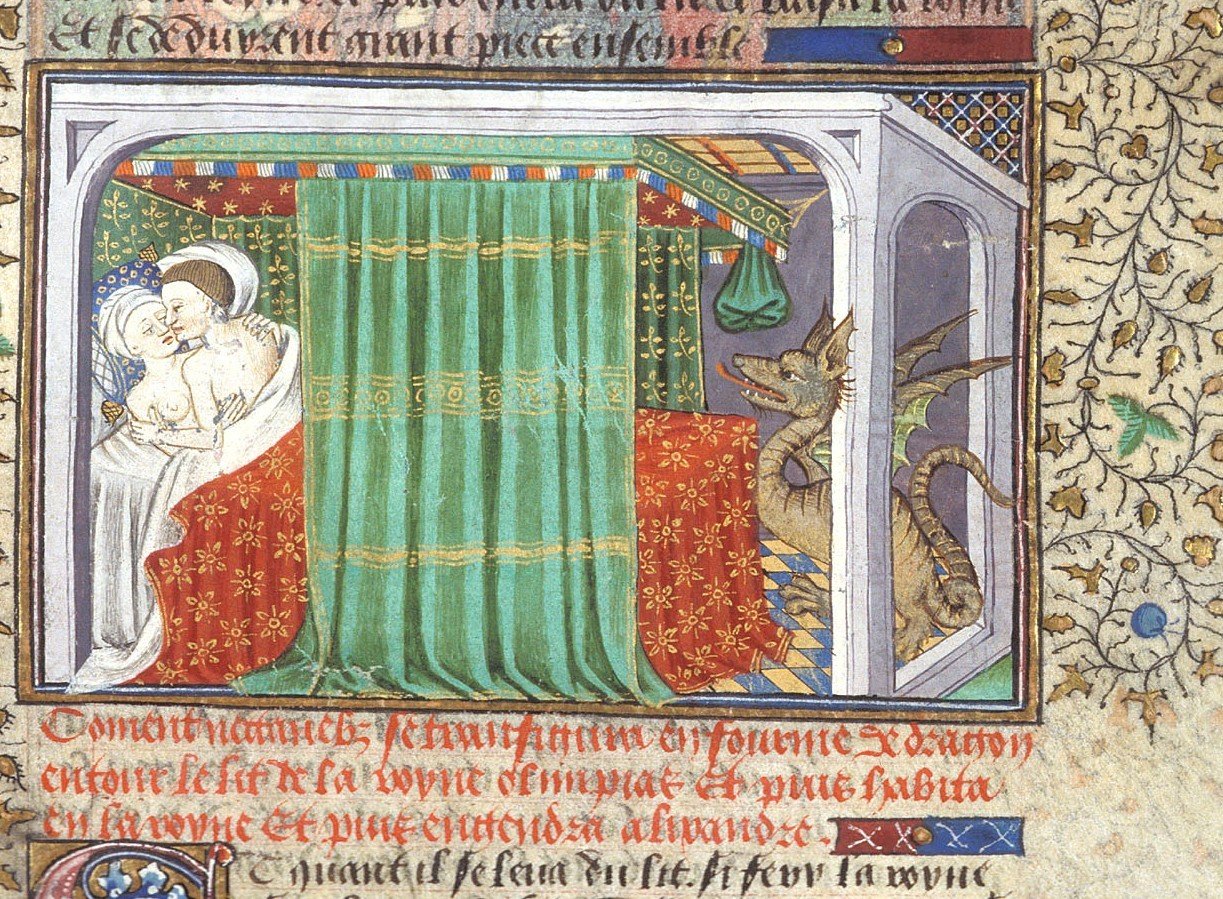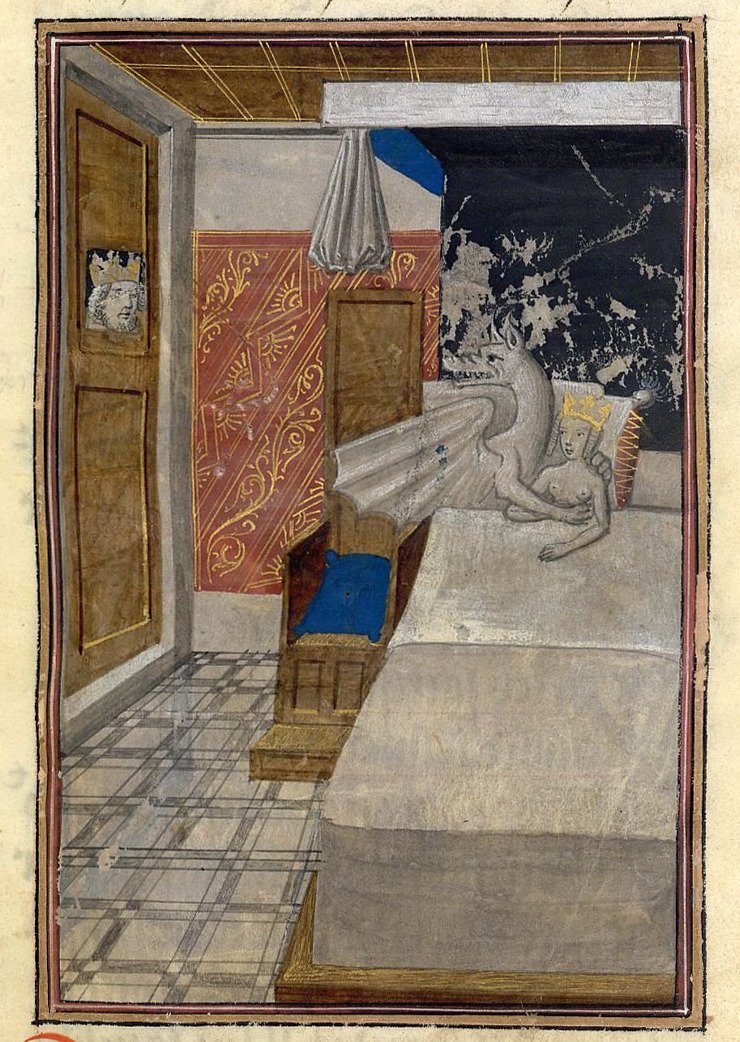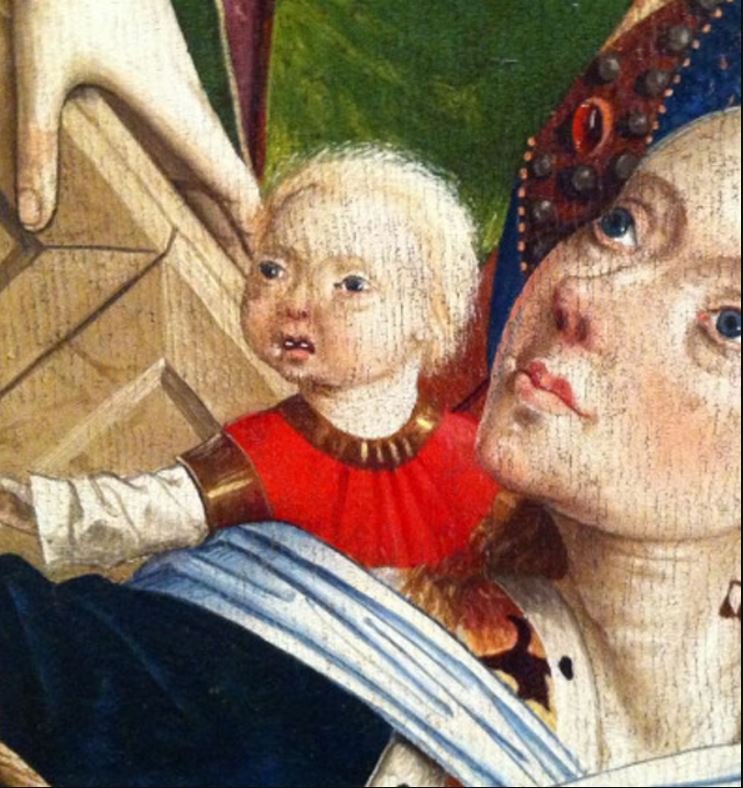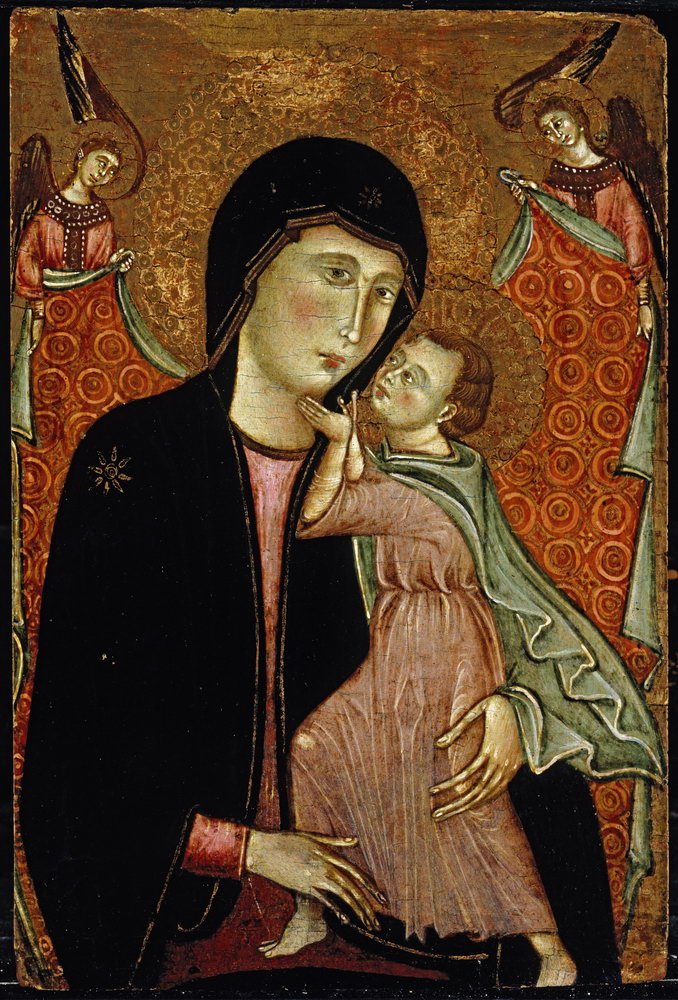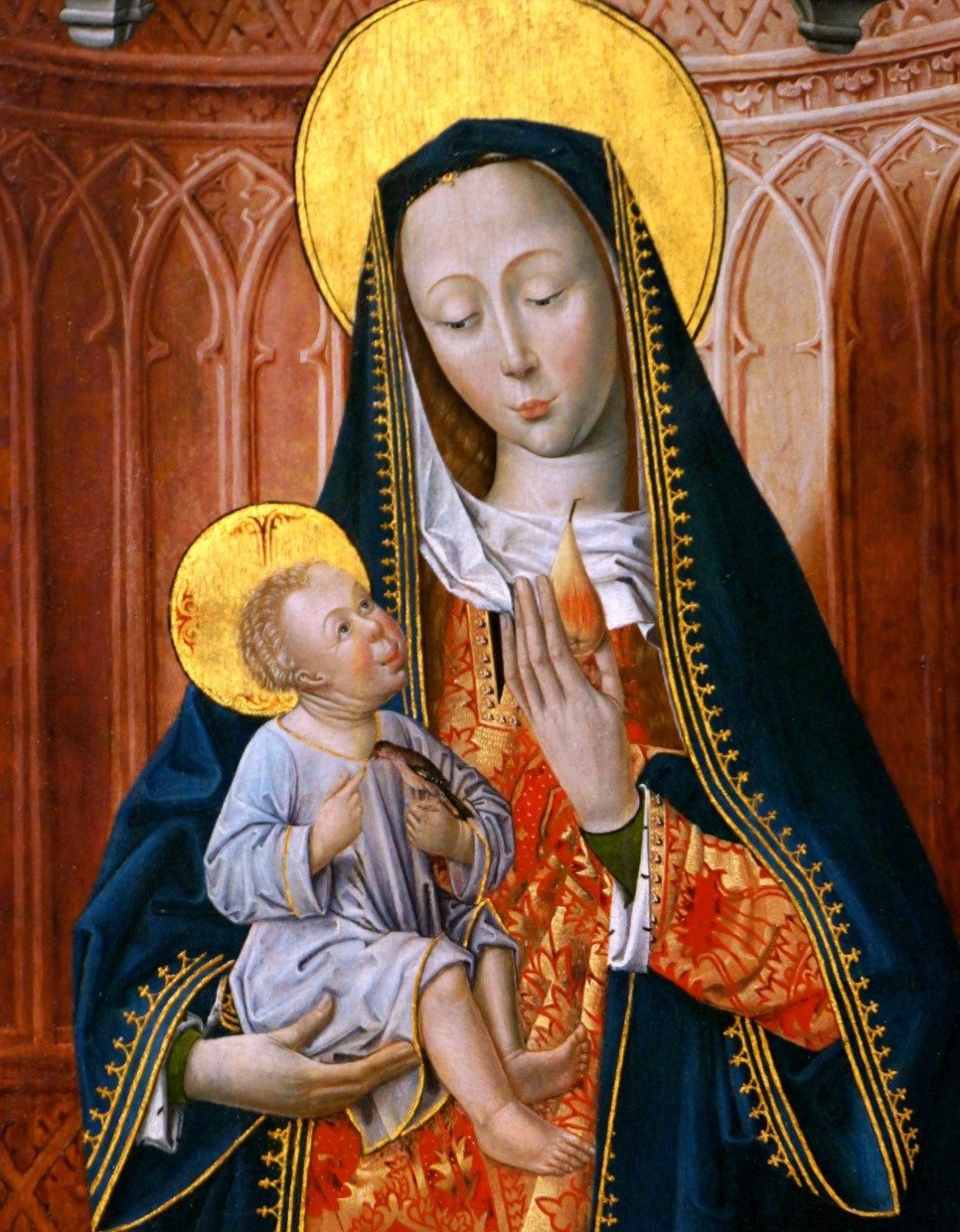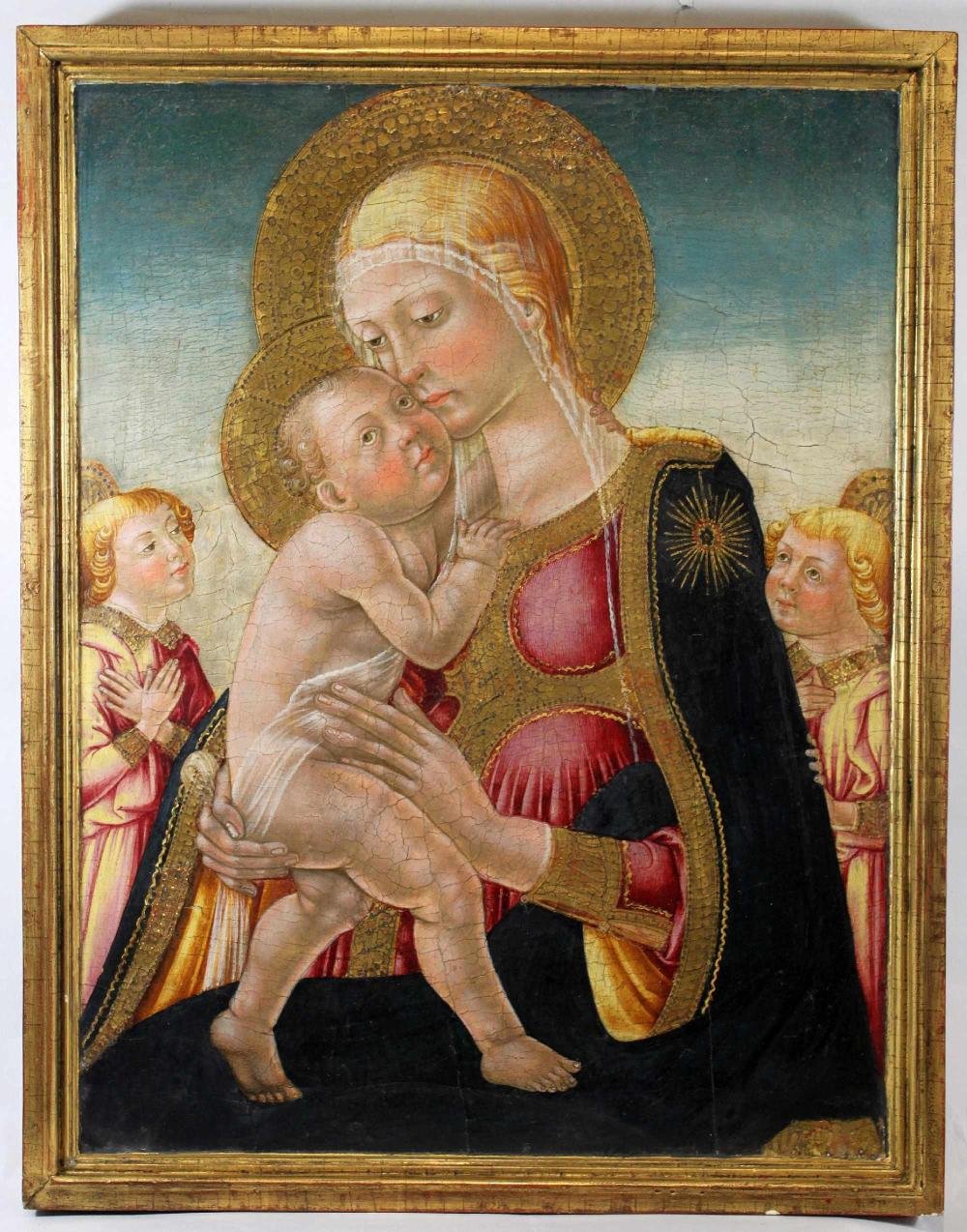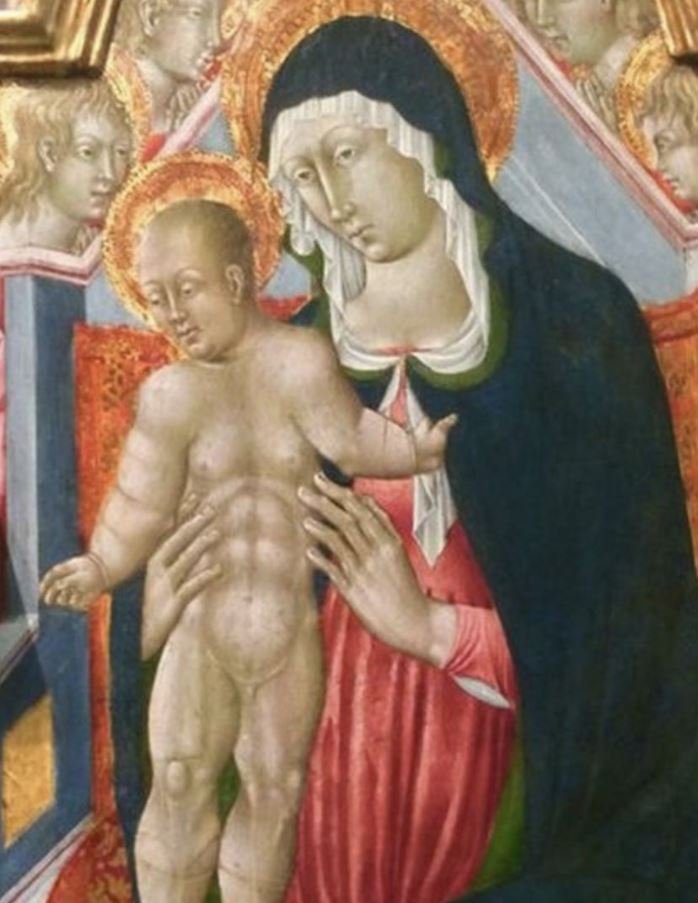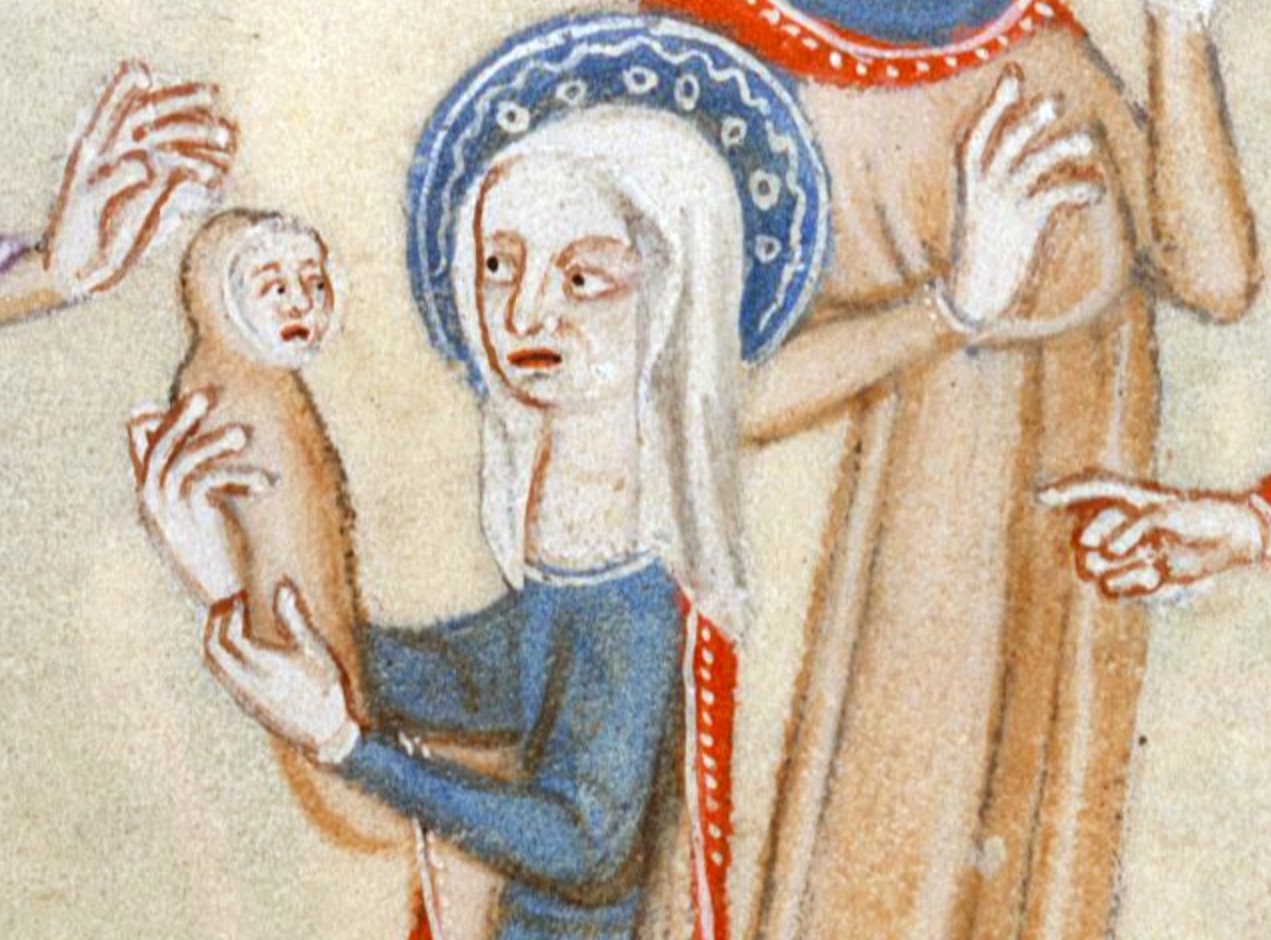Explaining Weird Mediaeval Art
Medieval art, spanning approximately from the 5th to the 15th century, can often be characterized by its striking, intricate, and at times, unsettling aesthetics. With its depictions of grotesque creatures, macabre scenes, and even more bizarrely, frightening babies, medieval art is indeed a treasure trove of visual oddities.
For example:
Why is the art of that time drawn so poorly? Did the artists lose all their skills?
Why are there so many bloody and vulgar images?
What's wrong with baby images? Why are they so creepy and unsettling?
Despite all weirdness, I think the art of the Dark Ages is absolutely great – mostly because it distinctly reflects the cultural state of society of the time -- and this is the main quality of art!
From fancy manuscripts to tapestries and sculptures, the art of the dark ages reflects the social, political, and religious attitudes of its time. It was a period of great transformation, from the fall of the Roman Empire to the rise of the Church, and medieval art reflects this change with its diverse range of styles and subject matter.
In this article, I will attempt to explain the most strange and unsettling imageries of Middle Ages art, so you could understand it a bit better and maybe even start to enjoy this art-wise bizarre period of human creativity.
Why is the art of that time drawn so poorly?
First of all (and it may sound unexpected and even unconvincing), artists of the Middle Ages did not forget how to draw realistically, as one may be tempted to believe. Rather, their artistic pursuits were formed by a different set of values and beliefs, centered around the primacy of spirituality and the non-material world.
In this context, artists were tasked with conveying complex theological concepts through visual symbols and allegories, rather than realistic representations of the physical world. As a result, they often employed simplified forms and shapes, without necessarily striving for previously established notions of beauty or realism.
One example of this can be seen in the icon of The Trinity, where the faces are nearly identical, and the figures are devoid of specific anatomical details. Which were deliberately employed to convey deeper spiritual truths, reflecting the values and beliefs of the era.
Why are there so many bloody and vulgar images?
It's worth noting that the prevalence of bloodshed and sexual imagery in medieval art is not necessarily related to religion, despite popular misconceptions. Many of these seemingly salacious depictions were actually found in religious texts, intended to convey moral lessons and cautionary tales. They were not intended to glorify or promote immoral behavior, but rather to discourage it.
For example, take the depiction of the conception of Alexander the Great, which may appear to be a someone’s fetish fantasy about dragons, but in reality, it is an illustration from a historical text. The image portrays a legend in which the Egyptian god Amon, seen as a demon by European audiences, seduced and deceived the queen. While such depictions may appear shocking or even taboo by today's standards, it's important to consider their intended purpose and meaning in the context of their time.
What's wrong with the baby images? Why are they so creepy and unsettling?
Thirdly – what’s wrong with all those babies?
It's worth mentioning that most of baby figures in Mediaeval art were meant to represent Jesus himself. According to the beliefs of the time, Jesus came into our world in his perfect form which he didn’t change later.
Thus, it's not surprising that artists struggled to portray him as an infant with limited artistic conventions at their disposal. The resulting images often feature an incongruous combination of mature, world-weary features and the tiny bodies of infants.
One popular explanation is that artists attempted to attach adult faces to childlike forms, or to portray Jesus as a "homunculus" - a miniature adult. While these depictions may seem bizarre or even disturbing to modern eyes, they reflect the creative challenges and theological concepts of the era.




